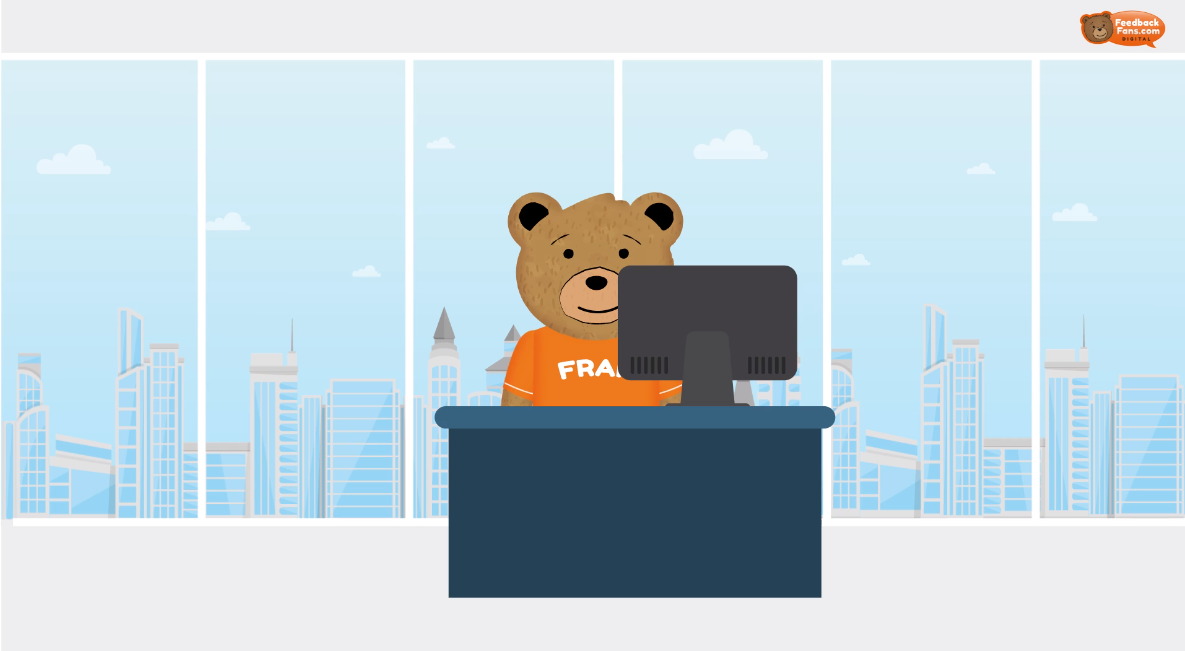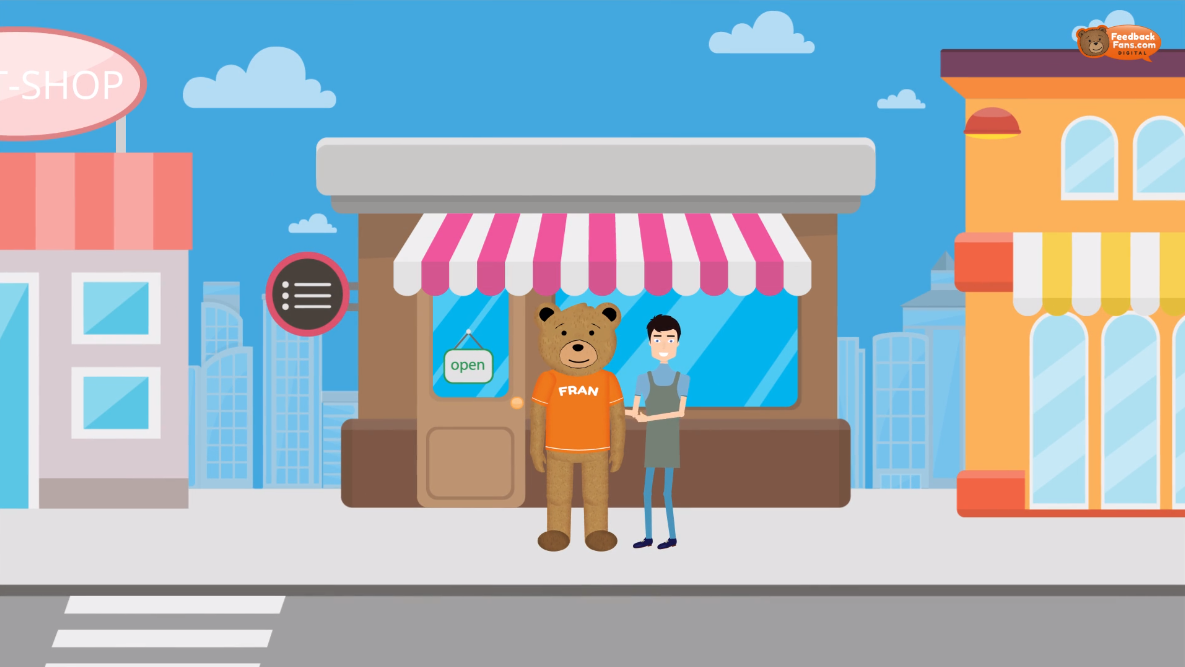When done right, email marketing is the most direct and personal way to engage your audience. From welcome sequences to targeted campaigns, email keeps your business top of mind while driving traffic, sales, and loyalty. But spammy emails? Not on our watch. Ready to make your email strategy smarter and more effective? Let’s turn your inbox into a revenue machine.
Increase Customer Engagement Efficiently

E-mail marketing is a powerful tool for reaching and engaging customers in today’s digital landscape. With most people checking their inbox regularly, e-mail marketing allows businesses to deliver messages directly to a large audience in a cost-effective way. Personalized, well-crafted e-mails can capture attention, encourage interaction, and drive customers to your website, helping to increase engagement and support your marketing goals.
Targeted Segmentation for Maximum Impact

One of the standout benefits of e-mail marketing is the ability to segment your audience and deliver highly targeted messages. By analyzing customer data like interests, preferences, and purchase history, businesses can create e-mails that are more relevant to each recipient. Targeted e-mails not only improve open and click-through rates but also boost the likelihood of conversions by delivering content that resonates with the reader’s unique needs and preferences.
Build and Strengthen Customer Loyalty

E-mail marketing is an effective way to nurture long-term relationships with your customers. By consistently providing valuable content, special offers, and personalized incentives, businesses can reinforce customer loyalty and encourage repeat purchases. This ongoing communication helps to increase customer retention, drive repeat business, and foster a strong, loyal customer base essential for sustainable growth.
Promote New Products and Keep Customers Updated

E-mail marketing is ideal for keeping customers informed about the latest updates from your business. Through newsletters, product announcements, and event invitations, businesses can keep their audience aware of new products, services, or company news. Regular updates maintain customer interest, build anticipation, and encourage referrals, helping to turn customers into brand advocates who share your business with others.

Frequently Asked Questions about E-mail Marketing
In this episode of the Bear Business vodcast, Chris Barnard of FeedbackFans.com is joined by Michael Jackson, founder of Elite Sports Marketing, to discuss the intersection of sports and marketing, focusing on the benefits and opportunities sports sponsorship offers to businesses. Michael shares his journey of entering the sports marketing industry without prior experience, breaking down how brands can leverage partnerships with sports teams to enhance their visibility and build trust with large audiences. They also explore the evolution of sports sponsorship, moving beyond traditional methods to more creative, community-driven, and data-backed approaches. The episode highlights valuable insights on building successful partnerships, the importance of aligning business objectives with the right teams, and the growing role of storytelling in modern sports sponsorship.
In this episode of the Bear Business Podcast, host Chris Barnard welcomes email marketing consultant Maria Malaniia. They explore the critical role of email marketing in achieving business success, discussing Maria’s journey from working in hospitality to becoming an email marketing consultant, the importance of understanding cultural differences, and the value of email segmentation and automation.
Maria shares insights on how businesses can effectively leverage email marketing by focusing on personalisation, segmenting their audiences, and avoiding common pitfalls. They also touch on the impact of GDPR and the evolving approach to consent in marketing. The episode wraps up with a discussion about email automation and a fun dive into Maria’s current favorite game, Sudoku, which she uses as a mental exercise before bed. Bear Business is a content series aimed at business owners, leaders and entrepreneurs where we talk to a variety of subject matter experts about their products and services, the state of marketing and look at marketing technology solutions that are available to solve your everyday marketing problems.
Articles
Content Marketing
Find out about our Content Marketing services
Display Advertising
Find out about our Display Advertising services



